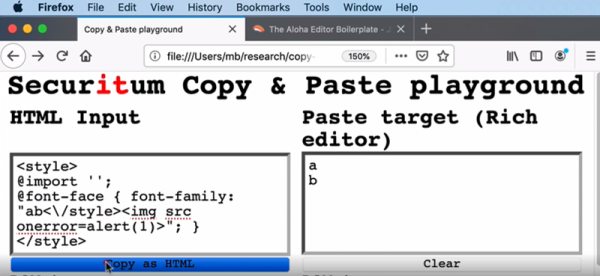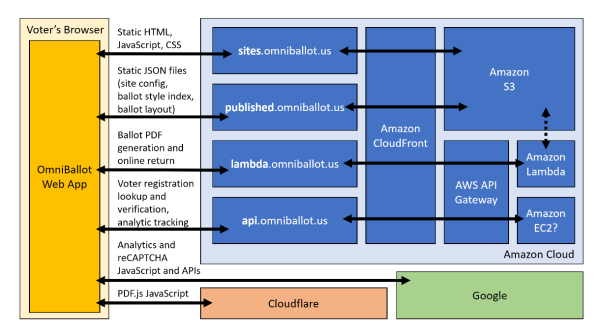We’re fans of haveibeenpwned.com around here, but a weird story came across my proverbial desk this week — [Troy Hunt] wrote a malicious SQL injection into one of their emails! That attack string was a simple ';--
Wait, doesn’t that look familiar? You remember the header on the haveibeenpwned web page? Yeah, it’s ';--have i been pwned?. It’s a clever in-joke about SQL injection that’s part of the company’s brand. An automated announcement was sent out to a company that happened to use the GLPI service desk software. That company, which shall not be named for reasons that are about to become obvious, was running a slightly out-of-date install of GLPI. That email generated an automated support ticket, which started out with the magic collection of symbols. When a tech self-assigned the ticket, the SQL injection bug was triggered, and their entire ticket database was wiped out. The story ends happily, thanks to a good backup, and the company learned a valuable lesson. Continue reading “This Week In Security: HaveIBeenPwned And Facebook Attack Their Customers”
















